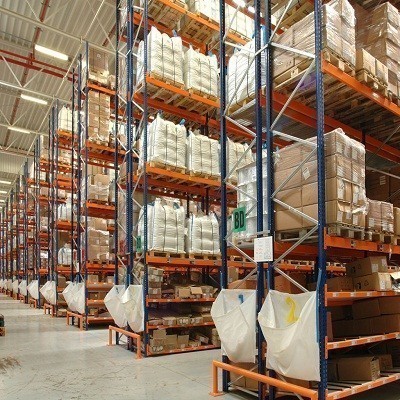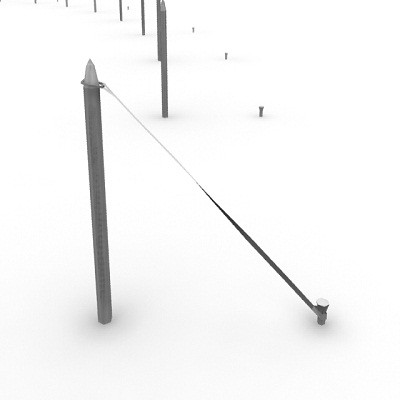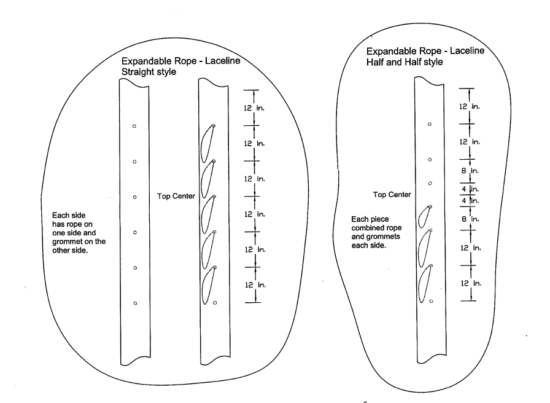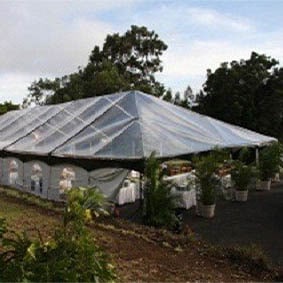Description
**Guidelines for Storing Tent Equipment**
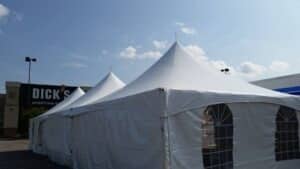
Proper storage of tent equipment is crucial to maintaining its quality and prolonging its lifespan. Tents, especially when used in commercial settings, need regular care to avoid damage from environmental factors like moisture, abrasion, and rust. This guide provides detailed instructions on how to store tent tops, tent fittings, and tent poles to ensure they remain in excellent condition.
**Tent Tops:**
Tent tops are made of a durable vinyl fabric designed to withstand various weather conditions. This commercial-grade fabric features vinyl coatings on both sides, providing protection and durability. However, the vinyl coating can easily scrape away if the tent is dragged over abrasive surfaces such as concrete or asphalt. Therefore, it is essential to handle the tent tops carefully and avoid contact with rough or harsh surfaces that could cause damage.
Before storing, it is crucial to ensure that the tent top is completely dry. If the tent is stored while still damp, moisture can penetrate the fabric, leading to mold growth and mildew caused by bacterial buildup. Once mildew forms inside the fabric, it becomes exceedingly difficult to remove. To prevent this, lay the tent top flat on a clean surface and allow it to dry thoroughly. This step is especially important after an event where the tent has been exposed to rain or high humidity.
When it comes to storage bags, breathable bags are ideal because they allow any trapped moisture to escape, reducing the risk of mold and mildew. However, most commercial storage bags are made from vinyl, which is less breathable. If using a vinyl bag, keep the top of the bag slightly open to allow for air circulation and moisture evaporation.
Most commercial tents, like those from Central Tent, come with stainless steel buckles that resist rust formation. However, if your tent has buckles made of other materials that are prone to rusting, ensure they are thoroughly dried before storage. This will help prevent rust from forming and compromising the tent’s functionality and appearance.
**Tent Fittings:**
Tent fittings, which are crucial components that hold the tent structure together, are typically made from coated steel. While this coated steel is rust-resistant, it is not entirely rust-proof. Over time, especially with prolonged exposure to moisture, rust can start to form on the fittings. To prevent rust from penetrating the surface, it’s advisable to apply a protective coat of paint to the fittings regularly.
The rate at which rust develops depends on factors such as exposure to rust-inhibiting agents (like saltwater), the extent of rainwater exposure, and the surface treatment of the fittings. Regular maintenance, including cleaning and painting, can significantly extend the life of tent fittings.
**Tent Poles:**
Tent poles are often made of anodized aluminum, which provides a degree of protection against rust. However, like coated steel, anodized aluminum is not rust-proof. Over time, the anodized coating can wear off, especially if the poles are subjected to abrasive use, such as dragging or sliding against each other. This wear can lead to the formation of aluminum oxide, a type of white rust. When this type of rust comes into contact with the vinyl tent top, it can create black marks that are difficult to remove.
To minimize the risk of damage, it is essential to store aluminum tent poles in a dry area, away from water exposure. If the aluminum surface becomes exposed to moisture, oxidation will occur, forming aluminum oxide. To prevent this, handle aluminum poles with care, avoid stacking them directly on top of each other without protection, and ensure they are thoroughly dry before storage.
**Conclusion:**
Proper storage and handling of tent equipment, including tent tops, fittings, and poles, are essential to maintaining their quality and extending their service life. By following these guidelines—ensuring tent tops are dry, using breathable storage solutions, protecting fittings from rust, and preventing oxidation on aluminum poles—you can keep your tent equipment in excellent condition and ready for future use. Regular maintenance, careful handling, and mindful storage practices are key to preserving the value and functionality of your tent investments.
